Hymenopus coronatus (Orchid Mantis)
Hymenopus coronatus (Orchid Mantis)
Hymenopus coronatus (Orchid Mantis), also called H. bicornis, is a mantis from the rain forests of southeast Asia. It is known by various common names including; walking flower mantis and (pink) orchid mantis. It is one of several species known as ‘flower mantises’ derived from their uncanny resemblance to orchids, and their behaviour whilst stalking prey or avoiding detection from predators. An adult female can grow to ~6-8cm in length, while the male is generally only ~2.5cm.
Hymenopus coronatus (Orchid Mantis) is characterized by its amazing colouring and a structure finely adapted for camouflage by mimicking parts of the orchid flower.
As well as colours and markings resembling these stunningly beautiful flowers, the four walking legs resemble orchid flower petals thus, finishing off the overall appearance and justifying the name of this amazing species.
The “raptorial” forelegs (from the Greek word “raptor,” meaning “thief”) are employed to catch and hold prey items securely whilst feeding.
You can see that these ‘grasping’ raptorial forelimbs are perfectly shaped with a set of discoidal spines located at the base of the femur. These spines are preceded by a number of tooth-like tubercles, which, along with a similar series of tubercles along the tibia and the apical claw near its tip, give the foreleg of the mantis its grasp on its prey.
H. coronatus shows some of the most pronounced sexual dimorphism of any species of mantis; males can be less than half the size of females. The male and female also differ in appearance; the adult male has long, grey-white wings that extend beyond the tip of the abdomen, with a pink-orange-brown body, and relatively small lobes on the legs. While the colouring of females can range from yellow-white through to pink-red, and has large lobes on the legs.
This size difference is definitely not to be missed! Because the male is that much smaller, he also matures earlier than the female. For the breeder, this is where things can get tricky, unless you have a few tricks up your sleeve 🙂 Firstly, you need to identify the sex of your orchid mantids as early as possible. I have highlighted below the key features to look for in order to achieve this. In short however, the main differences are; females have fewer segments on their abdomens when compared to males. But perhaps the easiest method to differentiate them is the fact that on her prothorax, the female has a green collar, while the male’s is more brownish in colour.
Once the sex has been determined (preferably no later than 5th instar as described on the poster), then you must reduce the male’s development whilst simultaneously increasing the development of the female. This can be achieved by ‘cooling’ down the male and only feeding him the minimal amount in order to maintain survival. Again, whilst achieving this, you must also increase the temperature of the female’s environmental conditions whilst feeding her more than you would normally.
I have described a pretty simple and matter of fact description of what needs to be done in order to successfully create the optimal conditions to potentially allow you to pair your beautiful Orchid Mantids 🙂 In reality however, things can be quite tricky, especially if you have never bred Mantids before, and/or this particular species. There are many issues that can arise whilst trying to achieve the goals i have stated above, sadly troubleshooting these potential issues are not the aim of this post, however, i intend to cover these issues and much more involved in pairing this species in the ‘care sheets’ section. You can also contact me at any time with any issues and/or questions you might have with any aspect of general husbandry and/or breeding of this species.

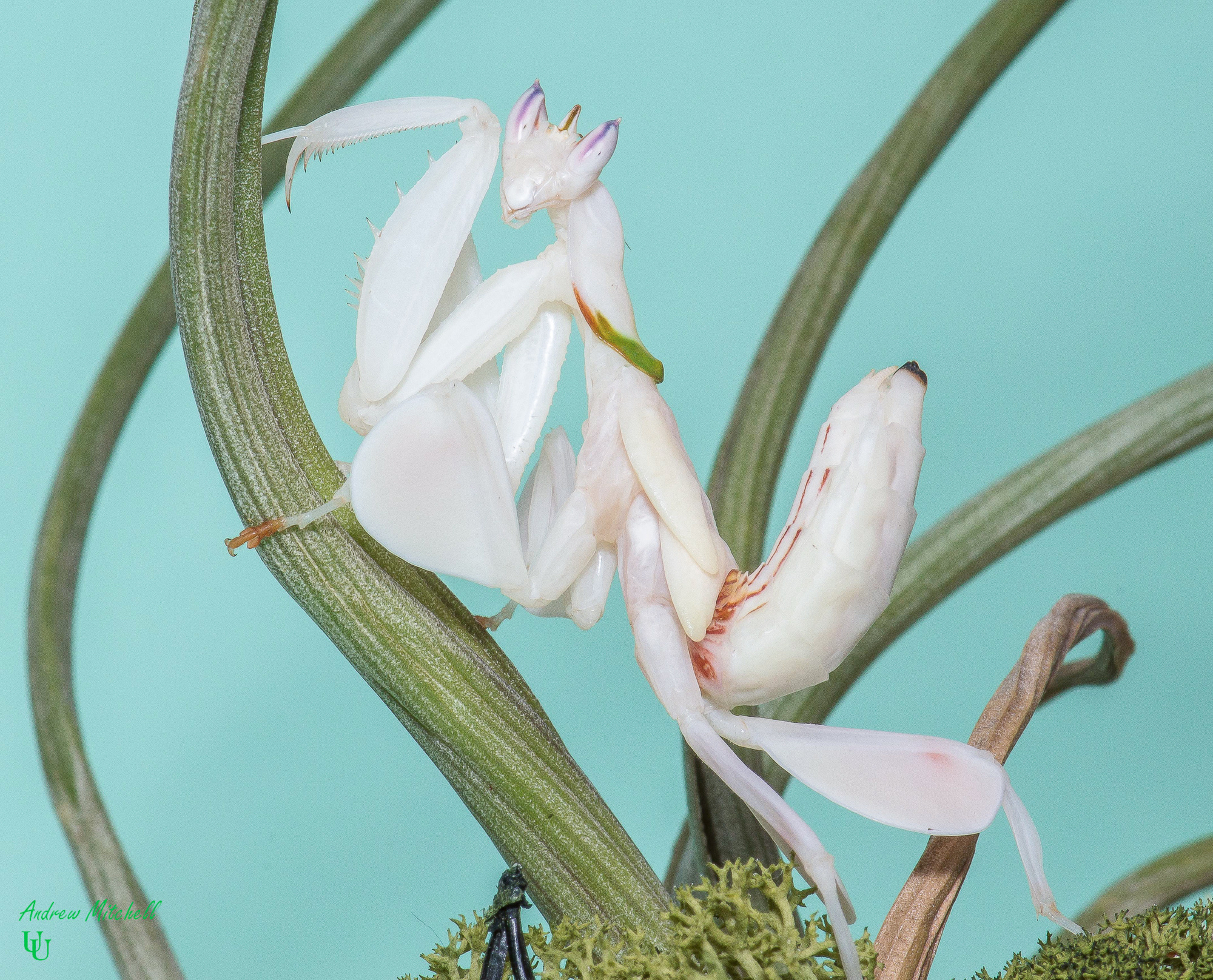
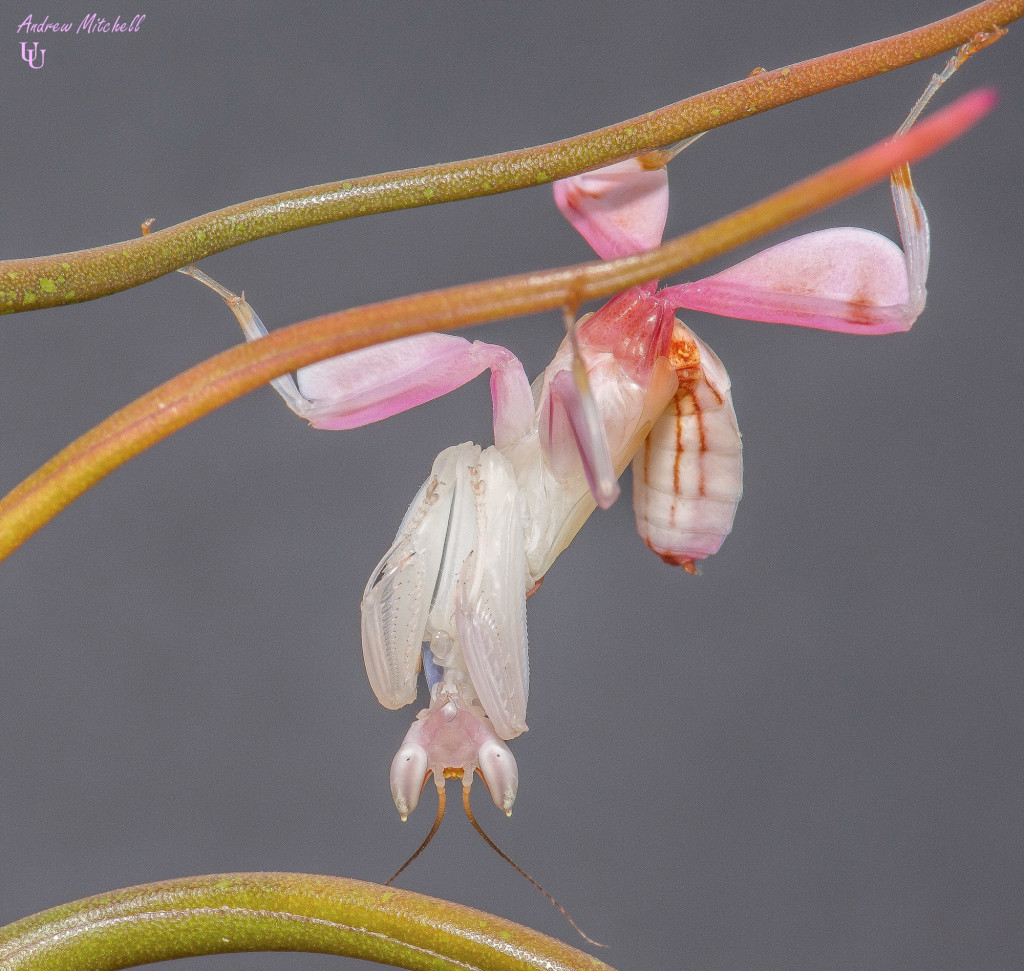
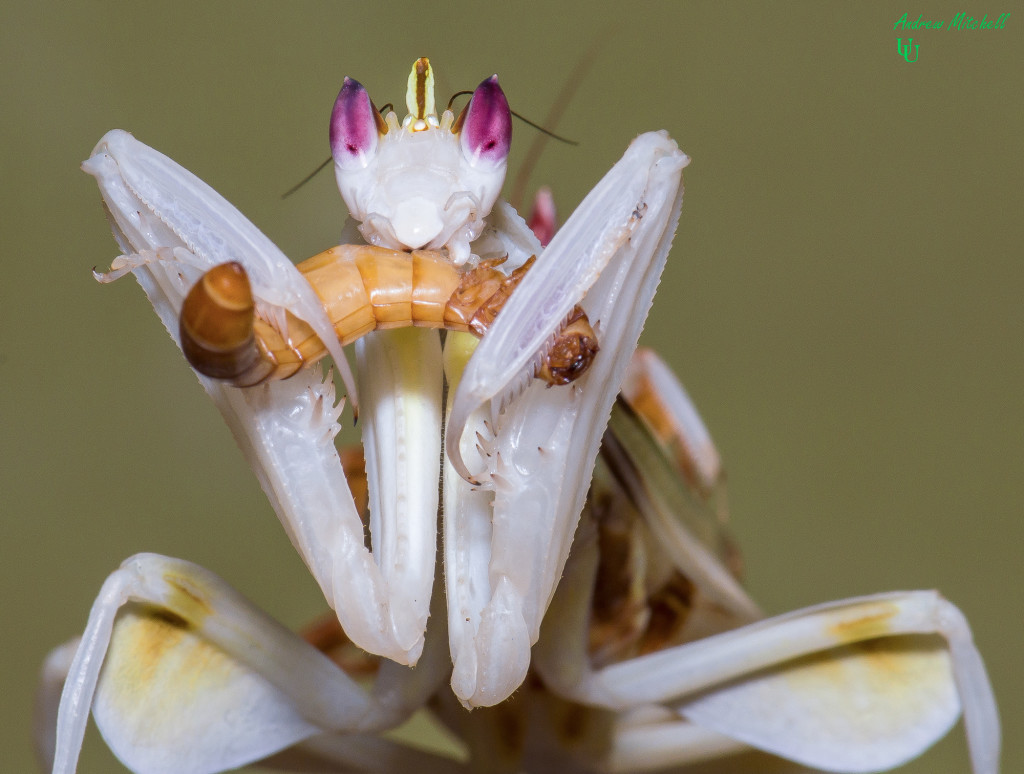
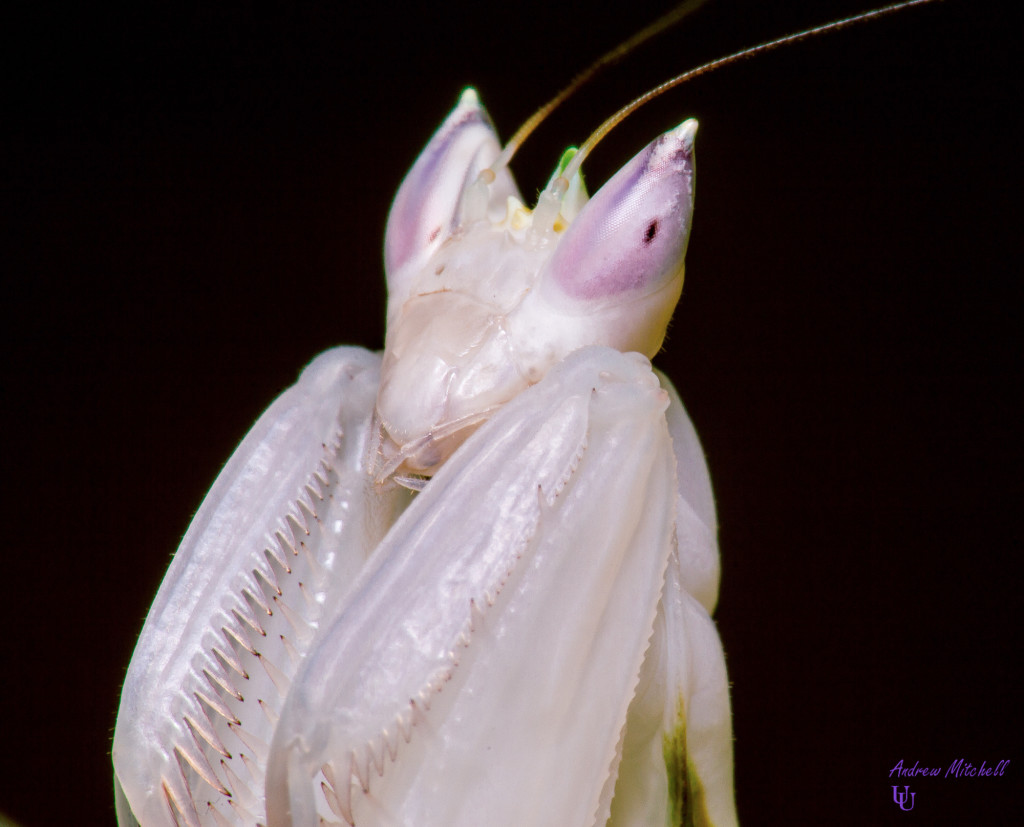
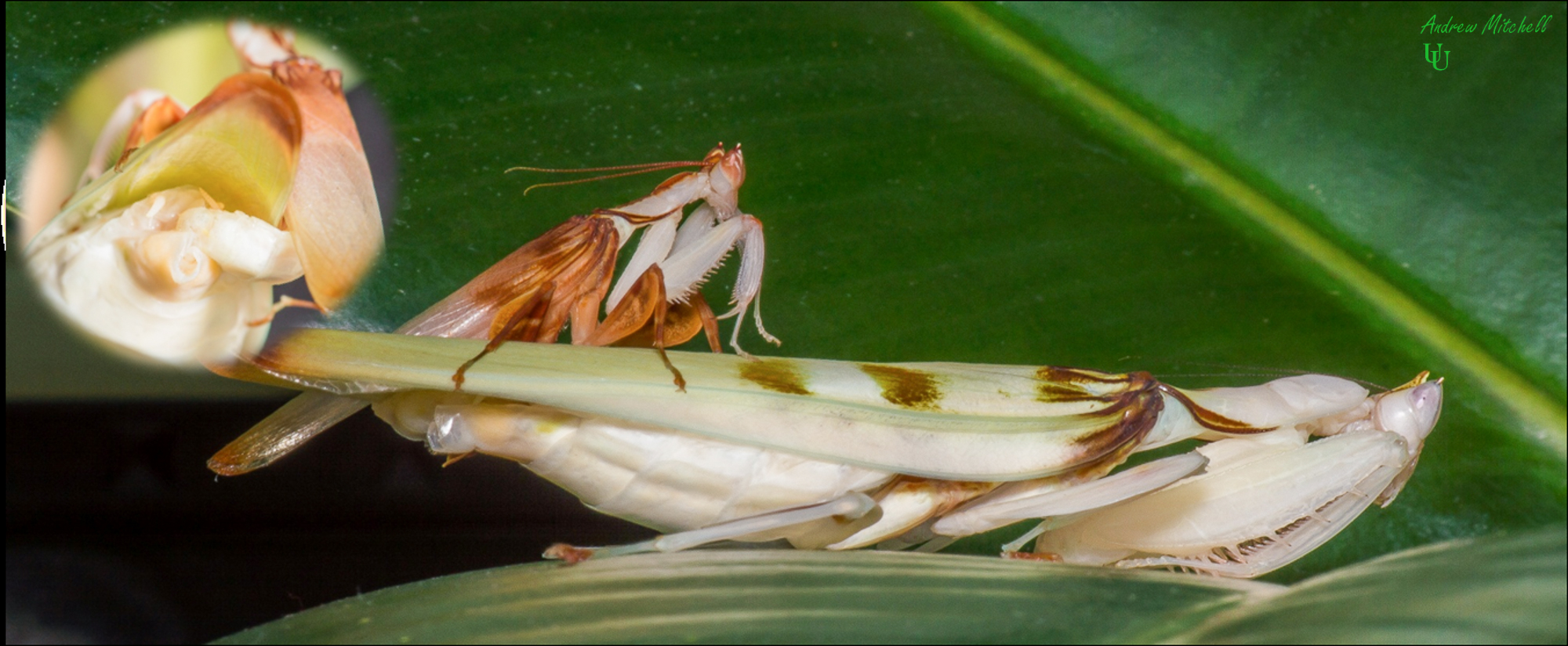
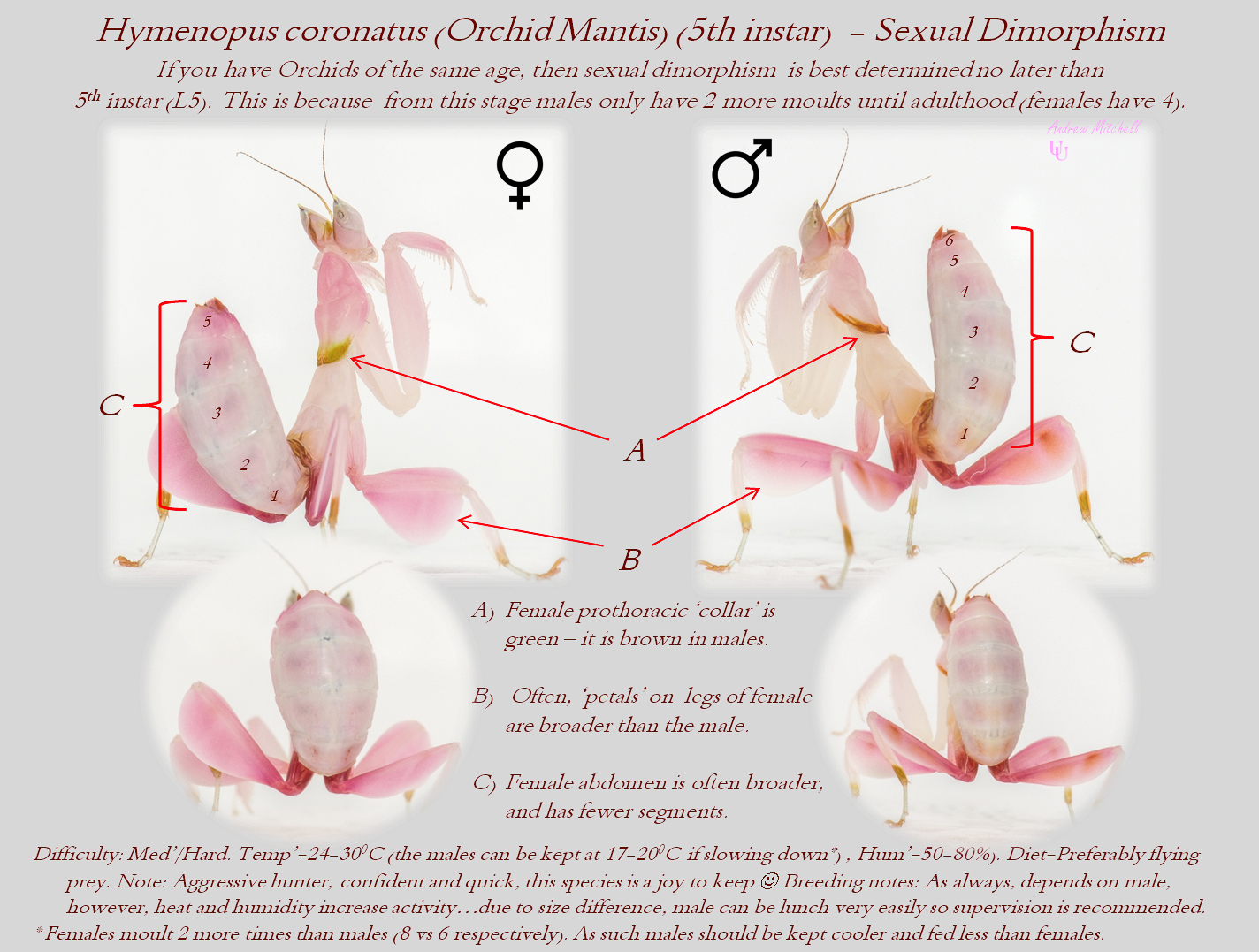
Hi, do you ship to miami? How much is each one? And how big? Im interested in the orchid mantis
Hello,
I won’t be shipping overseas now for a while though, especially while it’s so cold.
Regards,
Mitch.